Italy’s natural landscapes blew me away at every turn. From the jagged Dolomites to the clear blue waters off Sicily, there’s so much more here than just art and pasta.
Italy’s terrain stretches from the snowy Alps in the north to volcanic islands in the south. These wild contrasts create some of Europe’s most dramatic and photogenic wonders—honestly, they deserve the same hype as the big cities.
I still remember standing, kind of stunned, at the foot of the Matterhorn. That mountain sits right on the border between Italy and Switzerland and rises to 4,478 meters.
Its pyramid shape against the sky made me forget about my camera for a second. Sometimes you just need to stand there and soak it in.
That feeling hit me again and again—hiking the rough paths of Tuscany, or watching the sunset turn the Mediterranean gold from some lonely Sardinian cliff.
I didn’t expect it to be so easy to escape the crowds in Italy’s wild places. While everyone else flocked to Rome and Florence, I found peace in the Dolomites.
I spent six summer days there, wandering alpine meadows, turquoise lakes, and limestone peaks that seemed to brush the clouds. These places offer a different kind of Italian adventure—one where nature, not architecture, steals the show.
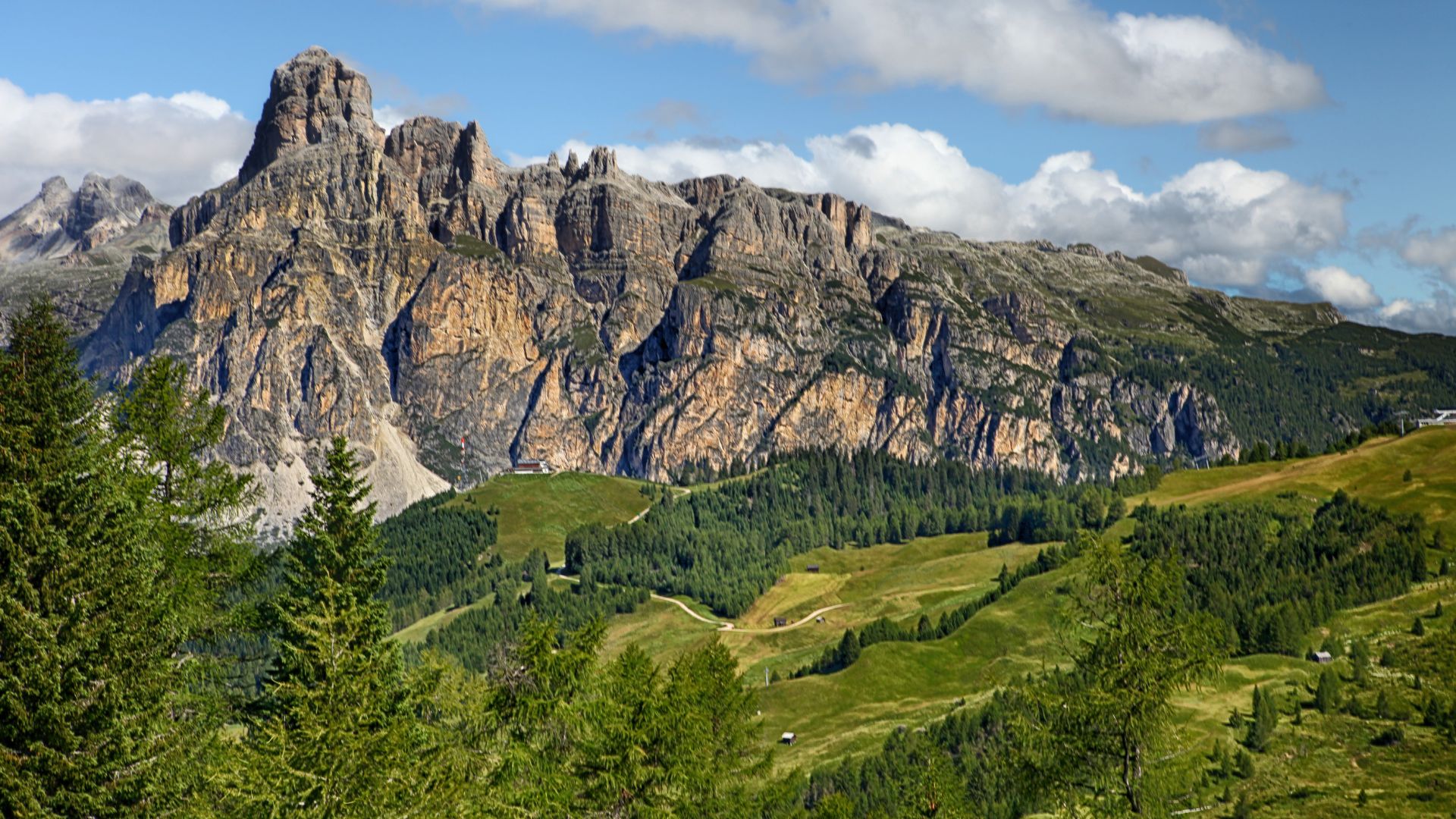
Majestic Alpine Wonders: Northern Italy’s Dramatic Peaks
Northern Italy’s alpine region left me speechless with its sharp peaks and pristine valleys. I kept stopping to snap photos of the changing light on the mountains.
Dolomites: Towers of Stone and Light
The Dolomites might just be Italy’s most dramatic mountain landscape. Their pale limestone spires reach up into the sky.
Locals call the pink glow at sunset “enrosadira,” and it’s honestly magical. UNESCO recognized these mountains as a World Heritage Site, and it’s easy to see why.
I spent hours roaming Alpe di Siusi, Europe’s largest high-altitude meadow. The views up there are wide open and surprisingly easy to reach.
The Tre Cime di Lavaredo (Three Peaks) quickly became my favorite spot after a long day’s hike around their base. Those three stone towers form a silhouette that every mountain lover knows.
Lake Braies blew me away with its emerald water reflecting the peaks. If you’re into sunrise photography, it’s hard to beat.
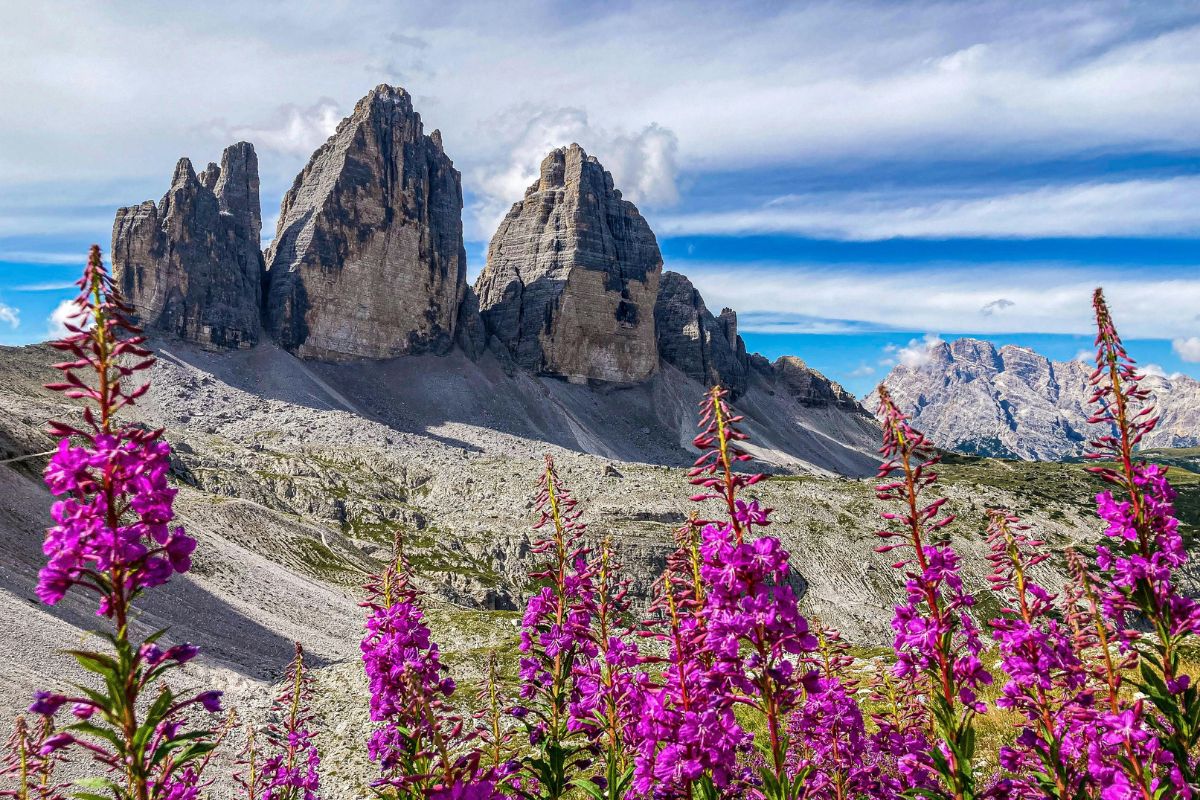
Adventure in the Alps: Hiking and Cycling Routes
The Italian Alps are basically a playground for outdoor lovers. I tackled a handful of well-marked trails, from gentle valley walks to tough summit climbs.
Popular Hiking Routes:
- Alta Via 1: A long-distance trek through the eastern Dolomites
- Val Gardena Circuit: Day hikes with stops at cozy mountain huts
- Mont Blanc Tour: Crosses Italy, France, and Switzerland
Cycling here was just as rewarding. The Sella Ronda circuit took me over four mountain passes in one day.
The roads felt smooth and the climbs tough, but those epic descents made it all worth it.
Most alpine towns rent e-bikes, so even if you’re not a hardcore cyclist, you can still tackle the longer routes.
Charming Mountain Villages
Villages tucked between these peaks blend Italian warmth with an Austrian vibe. That mix comes from South Tyrol’s unique history.
Cortina d’Ampezzo completely charmed me. Its pedestrian center and bell tower sit perfectly framed by mountain views.
It hosted the 1956 Winter Olympics, but it still feels welcoming and not too flashy.
In Ortisei, I wandered cobbled streets lined with wooden chalets and shops selling hand-carved woodwork. The local Ladin culture adds another layer to the region’s story.
These villages make great bases for exploring and eating well. I can’t forget the plate of canederli (bread dumplings) I devoured at a mountain refuge after a long hike.

Enchanted Lakes and Verdant Gardens
Italy’s lakes region surprised me with some of the most stunning landscapes I’ve seen. Azure waters reflect the mountains, and gardens burst with color and scent.
Lake Maggiore: Serenity Amidst Peaks
Lake Maggiore won me over the second I saw its deep blue waters framed by snowy Alps. This peaceful lake stretches from Switzerland into Italy, mixing Alpine and Mediterranean moods.
Isola Bella is the crown jewel here, and the name fits—it means “Beautiful Island.”
When I stepped onto Isola Bella, I felt like I’d entered a world of aristocratic elegance and botanical magic. The Baroque palace and terraced gardens just seem to float above the water.
Nearby villages each have their own personality. Stresa gave me the perfect home base, with its elegant lakefront and old hotels that whisper stories from another era.
Botanical Gardens and Exotic Plants
The gardens around Lake Maggiore are some of Italy’s most impressive. Villa Taranto in Verbania boasts over 20,000 plant varieties from all over the globe.
I lost track of time wandering through themed sections, gawking at rare flowers I’d never seen before.
The sheer variety of plant life here shocked me. Palm trees and tropical plants thrive right next to Alpine species, thanks to the lake’s mild climate.
On Isola Madre, exotic birds wander among ancient trees and bright shrubs. Standing under wisteria that’s older than some countries, I felt like I’d slipped into another age.
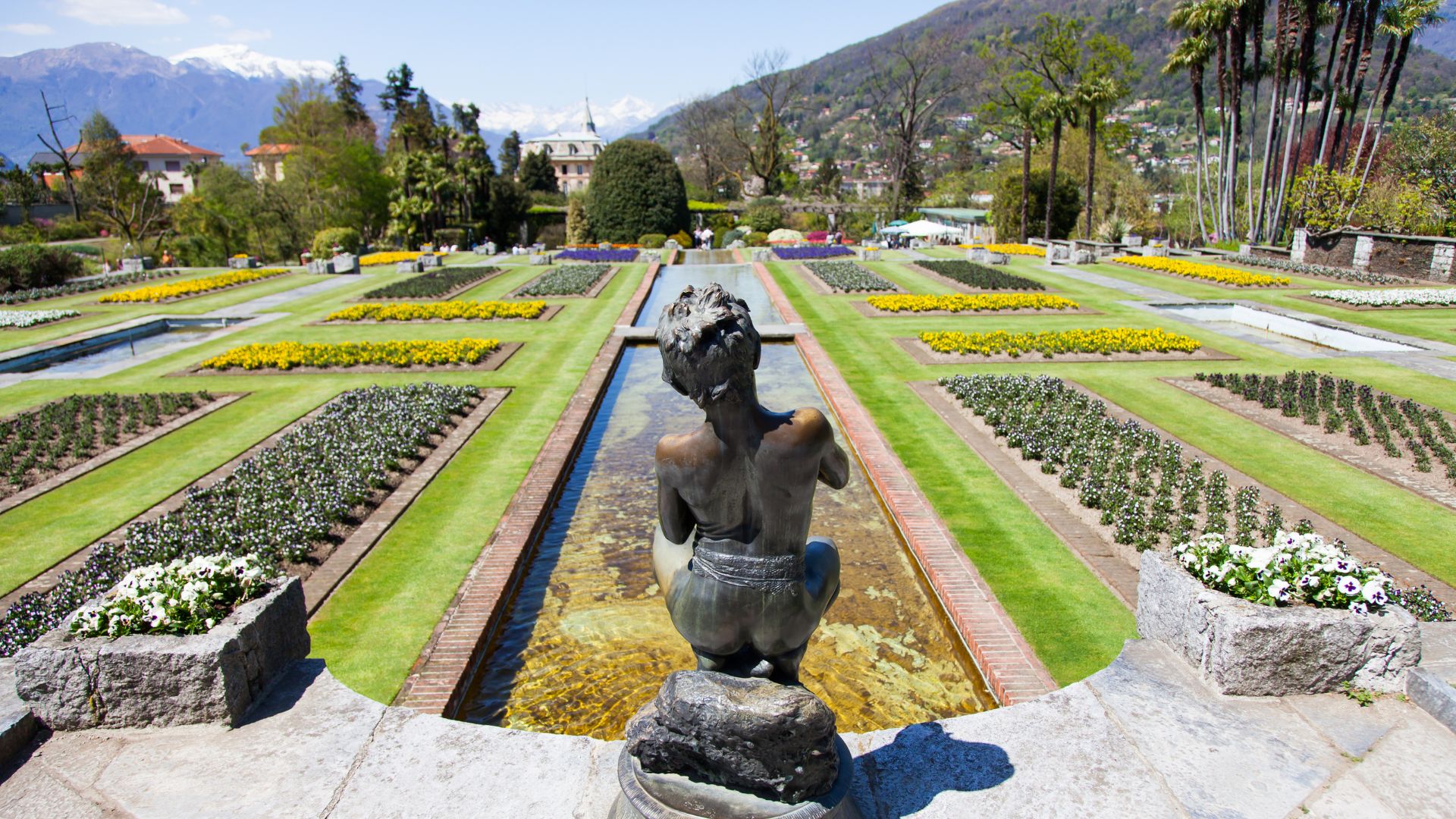
Riviera Towns and Lush Landscapes
The lake district’s riviera towns feel like secret Mediterranean getaways tucked against the Alps. Each colorful village melts into the green hills behind it.
In Cannero, locals have carved citrus groves into the steep slopes, growing lemons that smell absolutely amazing. These terraced groves are beautiful and practical at the same time.
Hiking trails snake through olive groves and climb above the tree line. Every bend reveals a fresh view of these magical waters.
Tourism here feels more genuine than in Italy’s more famous spots. I chatted with gardeners who proudly shared tips for growing everything from olives to rare flowers in this unique climate.
From Ancient Ruins to Living Masterpieces
Italy’s landscape isn’t just about wild beauty. It’s also a living museum where ancient ruins and works of art sit side by side, weaving a story of human achievement that goes back thousands of years.
Verona: Romance and Roman Legacy
I stumbled into Verona almost by accident, but it quickly became a favorite. The Arena di Verona is a Roman amphitheater from the 1st century, and they still hold operas and concerts there.
Standing inside, I could almost hear the echoes of ancient crowds.
Verona’s magic isn’t just Juliet’s balcony (which, honestly, is a bit of a tourist invention). I found it in the old Roman gates and the Ponte Pietra—a bridge rebuilt after WWII using its original stones.
Wandering the medieval streets, I kept finding hidden courtyards and stunning churches. Verona blends Roman engineering, medieval coziness, and Renaissance flair in a way that feels surprisingly real.
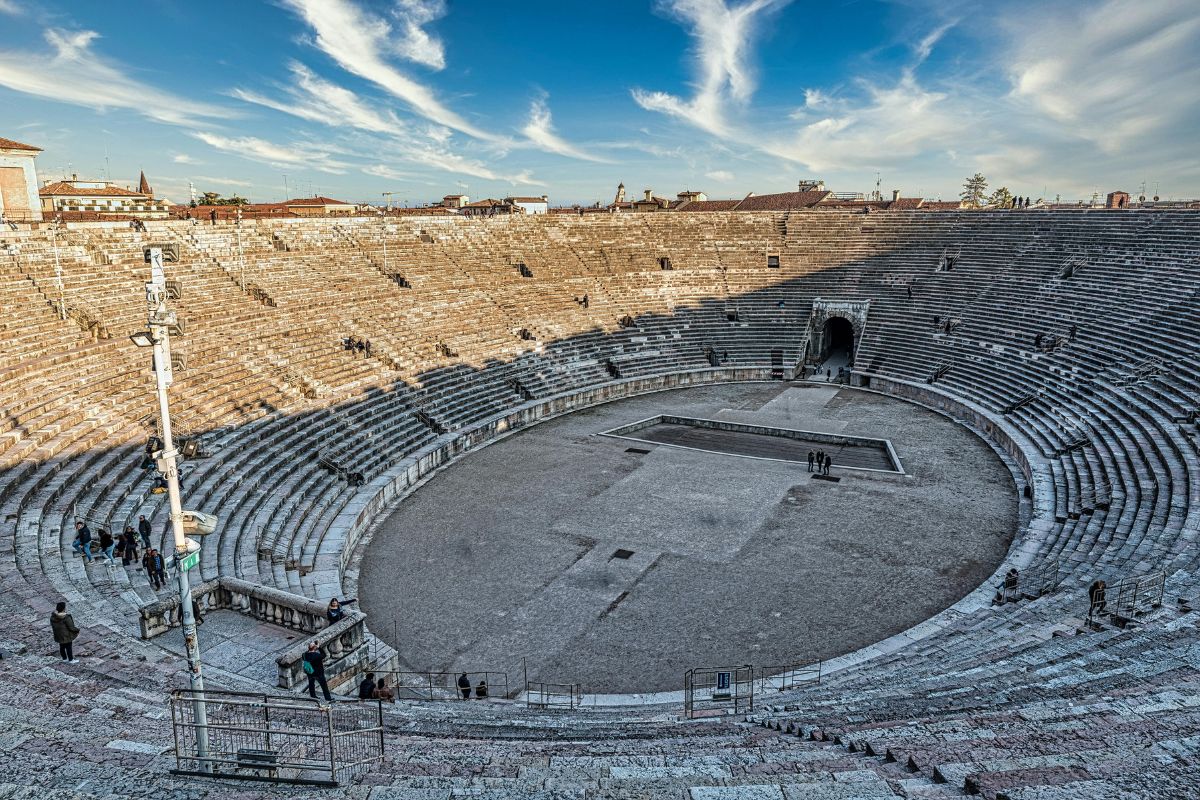
UNESCO World Heritage Sites
Italy claims a whopping 54 UNESCO World Heritage Sites—more than any other country! Each one offers something unique to humanity.
Some of my personal highlights:
- Pompeii and Herculaneum: Ancient towns frozen by Mount Vesuvius, giving a rare peek into Roman daily life.
- Historic Center of Florence: The birthplace of the Renaissance, packed with masterpieces at every turn.
- The Sassi of Matera: Ancient cave dwellings that have been lived in for thousands of years—honestly feels like time travel.
What sets these places apart isn’t just the beauty or the history. It’s how people still live and work among them. On the Amalfi Coast, for example, you’ll see traditional lemon farming happening right beside protected landscapes.
Timeless Architecture and History
Italy’s buildings cover millennia, from Etruscan tombs to ultra-modern glass towers. What really struck me was how these eras all blend together.
In Rome, I watched kids play soccer in piazzas surrounded by columns that are thousands of years old. These ancient structures aren’t just museum pieces—they’re part of daily life.
Churches here tell this story best. In Venice’s St. Mark’s Basilica, you’ll see Byzantine mosaics, Gothic stone, and Renaissance paintings—all in one place. Even tiny village churches often hide art that would headline museums elsewhere.
Italy’s architecture tells stories of conquest, plague, faith, and creative genius. Standing under the Pantheon’s dome or Brunelleschi’s cathedral in Florence, I felt a whole new respect for human creativity and stubbornness.
Captivating Mediterranean Islands: Capri, Sicily, and Lampedusa
Italy’s Mediterranean islands might offer the most jaw-dropping coastal scenery I’ve seen. Each one brings its own vibe—from sheer cliffs to beaches that seem to run forever into clear blue water.
Capri: Jewel of the Tyrrhenian Sea
Arriving by ferry, Capri’s limestone cliffs rise straight out of the sea. It’s dramatic, glamorous, and honestly a bit surreal.
The Blue Grotto (Grotta Azzurra) really does glow with an electric blue light. If you can, go early in the morning to dodge the crowds.
The main town is a maze of narrow streets, boutiques, cafés, and white buildings draped in bougainvillea. I took the chairlift up to Monte Solaro for the best views—totally worth it.
The Gardens of Augustus gave me a perfect look at the Faraglioni rocks, those three stone towers jutting from the sea. They’re basically Capri’s natural mascots.
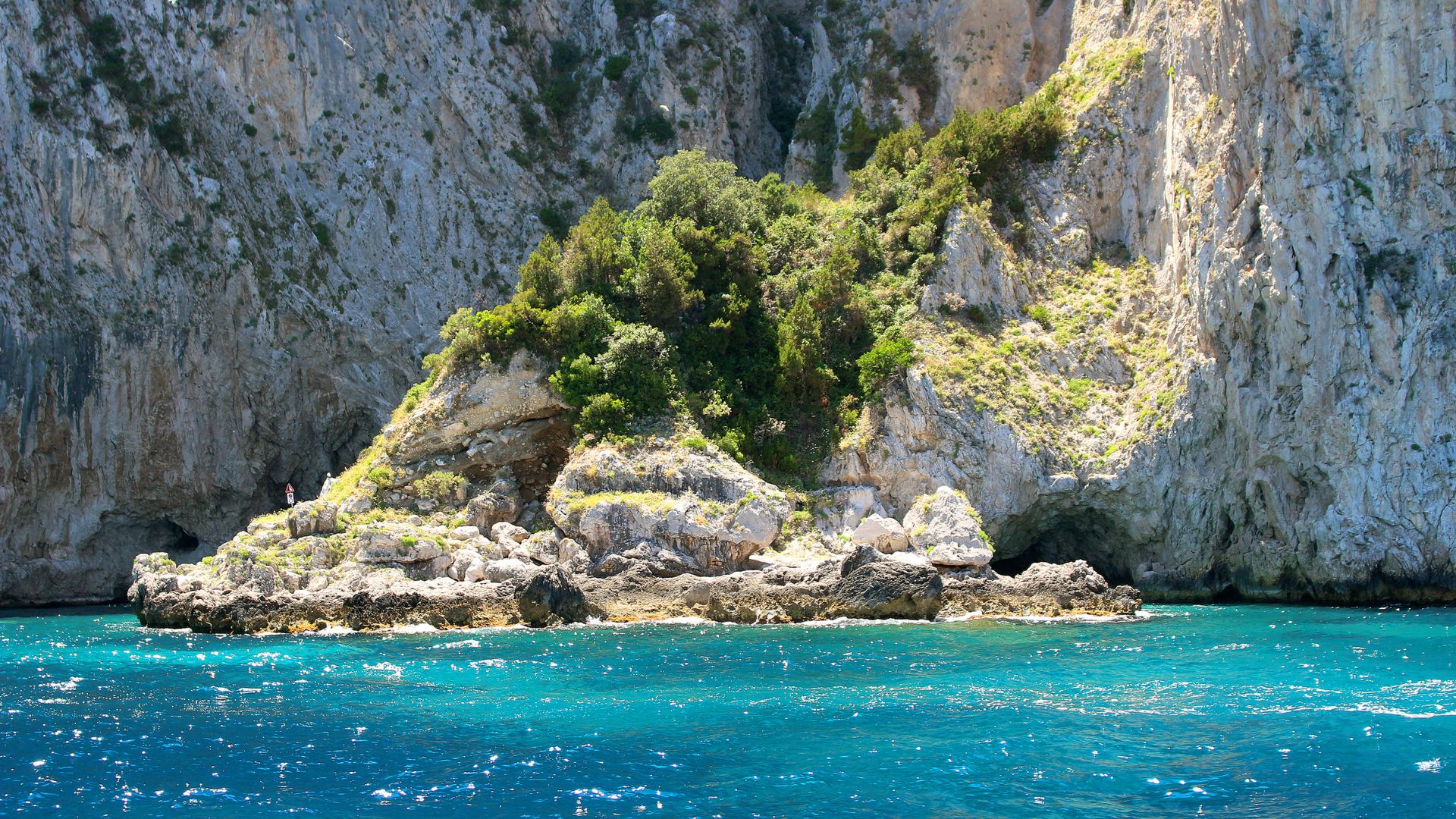
Sicily: A Mosaic of Culture and Scenery
Sicily, the Mediterranean’s biggest island, overwhelmed me with its variety. Ancient Greek temples, active volcanoes, and sudden changes in scenery kept me guessing.
Mount Etna looms over eastern Sicily. I hiked partway up and watched steam drift from the crater. The black volcanic soil grows some of the best wine and produce I’ve tasted.
The Valley of Temples near Agrigento is a time machine. Greek ruins stand tall on a ridge with the sea behind them—absolutely unforgettable.
Sicily’s beaches range from wide, golden sand to hidden rocky coves. San Vito Lo Capo won my heart with its crescent of soft sand and turquoise water, framed by mountains.
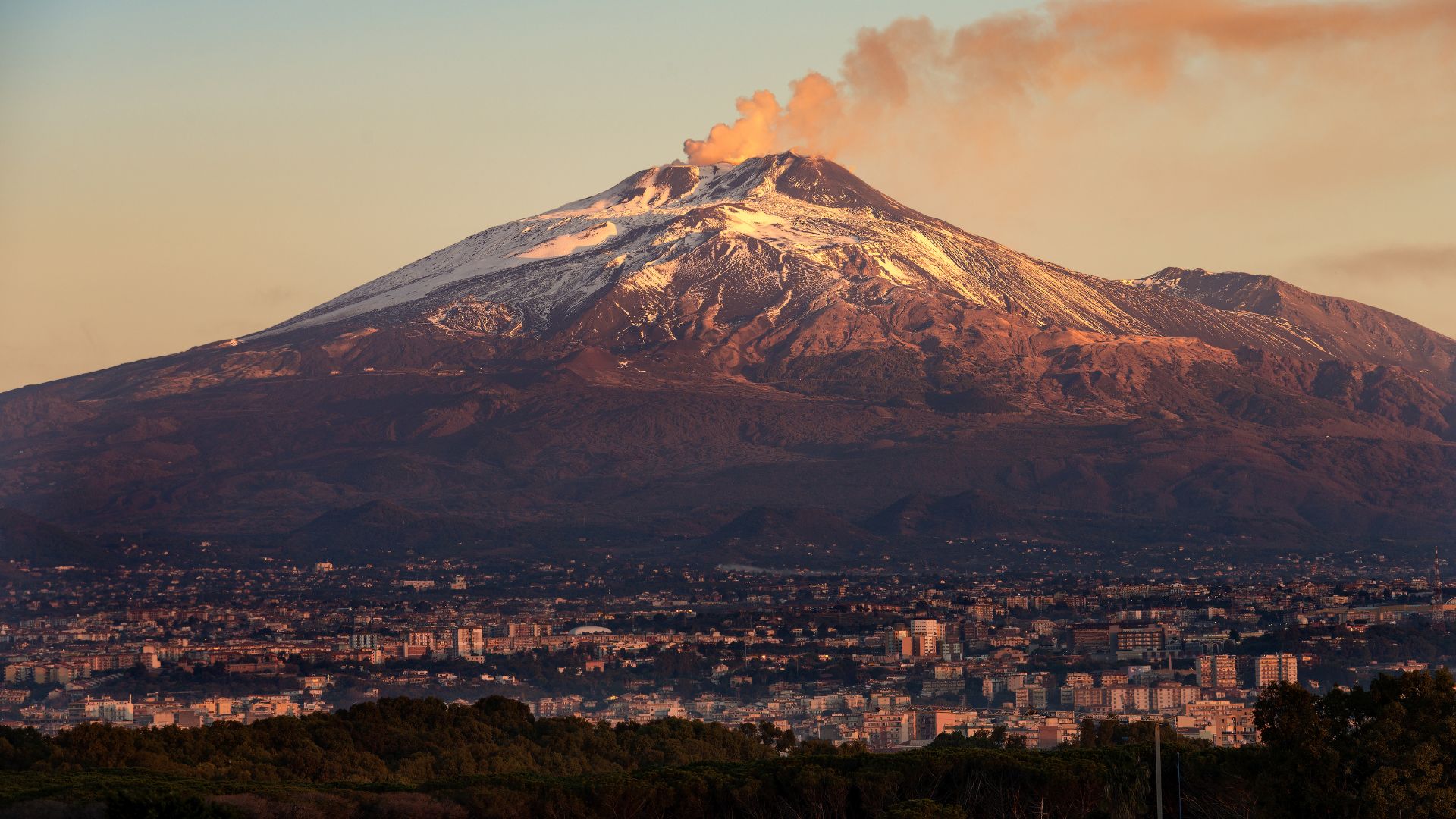
Lampedusa and the Allure of Clear Blue Waters
Lampedusa is Italy’s southernmost island, and honestly, it sits closer to Africa than Sicily does. This remote spot has managed to keep its wild beauty, and I swear, the water here is some of the clearest I’ve ever seen.
Rabbit Beach (Spiaggia dei Conigli) always pops up on lists of Europe’s best beaches. There’s a reason for that. The shallow, turquoise water slowly turns into a deep blue, making this dreamy gradient that almost doesn’t look real.
Limestone cliffs stand tall over soft, sandy coves all around the island. I lost track of how many hours I spent snorkeling—sometimes I could spot fish swimming way down below, the water was just that clear.
As I soaked up the sun, I kept thinking about Lampedusa’s other side. Sure, it’s gorgeous, but it’s also a first stop for many migrants crossing the Mediterranean. That reality sits just beneath all the beauty.
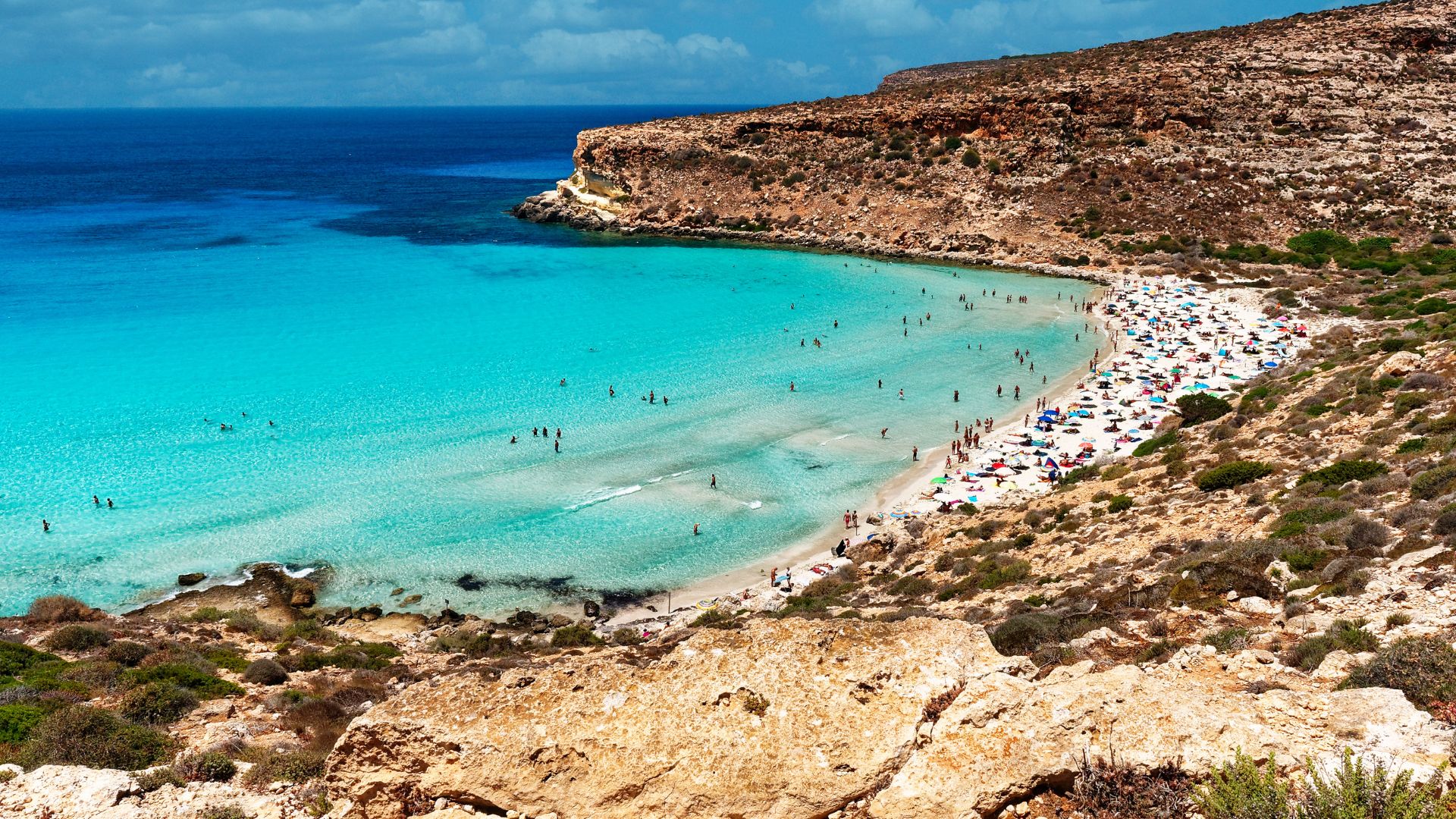
Beach Escapes and Crystal-Clear Waters
The Mediterranean around these Italian islands really does offer water that’s hard to beat. In plenty of places, I could see right down to the bottom, even where it gets deep.
Protected waters here let marine life flourish. While snorkeling, I bumped into colorful fish, swaying sea fans, and once, an octopus tucked between some rocks.
If you love the beach, you’ve got options:
- Sandy shores: Great for families or if you just want to stretch out in the sun
- Rocky coves: Perfect for snorkeling or finding a little quiet
- Beach clubs: If you like comfy lounge chairs and someone bringing you drinks
- Wild beaches: For anyone chasing that untouched vibe
I found swimming best in the mornings, before winds picked up. The sea stays warm from June to October, but honestly, September nails it—warm water, not so many crowds.
Savoring Flavors and Local Treasures
Italy’s culinary landscape is as varied as the country itself. I still daydream about some of the flavors I tried on my trip.
Capers and Coastal Gastronomy
Italy’s coastal regions surprised me with tastes I’d never expected. In Sicily, I finally understood why capers get so much love. Local chefs showed me how they handpick these tiny buds from rocky cliffs and toss them into pasta, and suddenly, the dish just sings.
Over on the Amalfi Coast, lemons take over—seriously, everything is lemon-infused. I sipped limoncello at a small family distillery, where three generations work side by side. Their trick? Only the rinds from lemons grown right on their sunlit terraces.
Seafood in these towns comes in fresh every morning. I watched fishermen haul their catch straight into restaurant kitchens in Portofino. Menus just say “catch of the day” because, honestly, it depends on what came in.
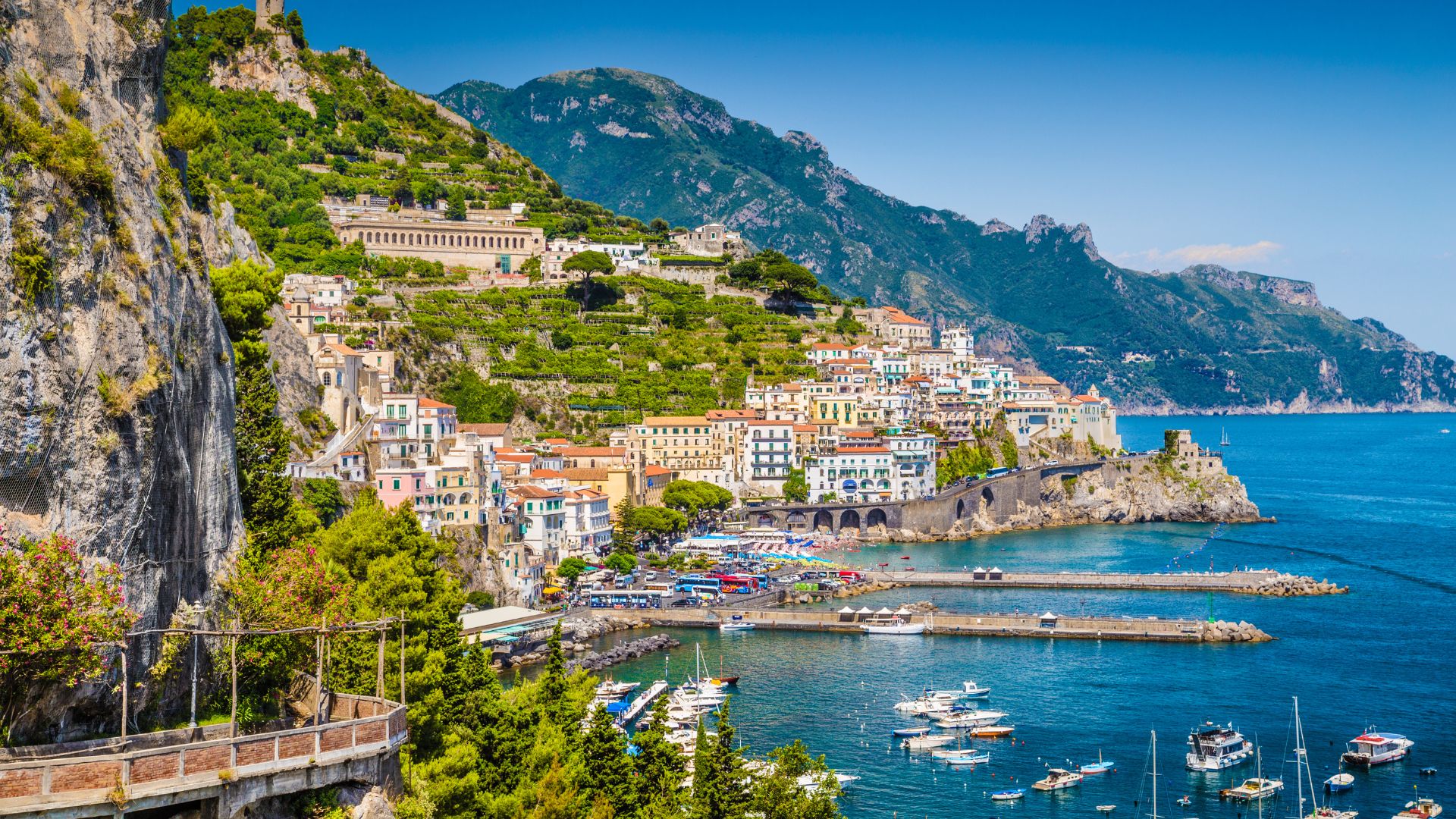
Cultural Traditions and Festivals
Every region in Italy seems to have its own festival. In Siena, I watched the Palio, a wild horse race where neighborhoods go head-to-head. The whole piazza buzzed with excitement.
Food festivals (sagre) pop up all year. I lucked into a truffle festival in Umbria, where locals swapped hunting stories and handed out bruschetta topped with black truffles for just €3.
Religious processions blend faith and tradition in the most striking way. During Easter in Sicily, I joined locals as they carried giant, decorated floats through the narrow streets—a ritual that hasn’t changed in centuries.
And honestly? What struck me most was how real these celebrations felt. Italians throw these parties for themselves, not just for tourists. If you’re around, you’re welcome to join in.
Tips for Seamless Reservations and Travel
Booking restaurants in popular Italian destinations definitely takes a bit of planning. For places like Osteria Francescana in Modena, I locked in my reservation three months before I went.
In smaller towns, I usually just called a day in advance or asked the hotel concierge to help out. Sometimes you get lucky with last-minute spots, but I wouldn’t count on it everywhere.
Train travel in Italy is honestly a breeze. I grabbed my tickets using Trenitalia’s app—it saved me money and I didn’t have to waste time standing around in station lines.
If you’re hoping to see famous spots like the Uffizi Gallery or Vatican Museums, you really need to book online. I always aimed for early morning slots to dodge the biggest crowds and the worst of the heat.
Renting a car is a game changer for exploring rural areas like Tuscany or Sicily. I’d go for a smaller car, though—those historic towns can have crazy-narrow streets and parking is almost always tight.
Tourism taxes change depending on the city and hotel, anywhere from €1 to €7 per person, per night. You’ll usually pay this in cash right at your hotel, so keep some euros handy.

